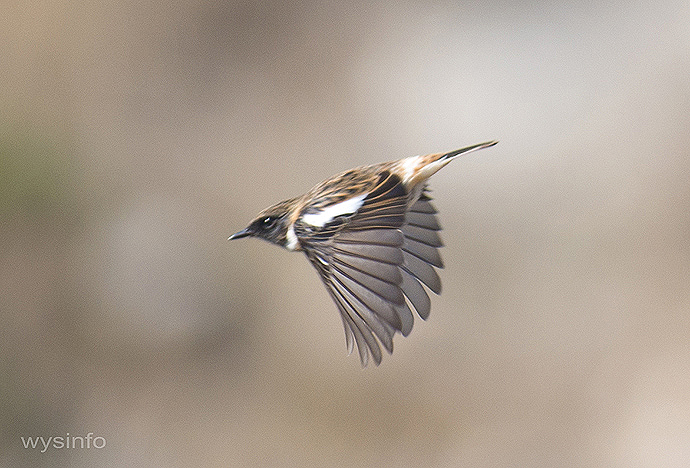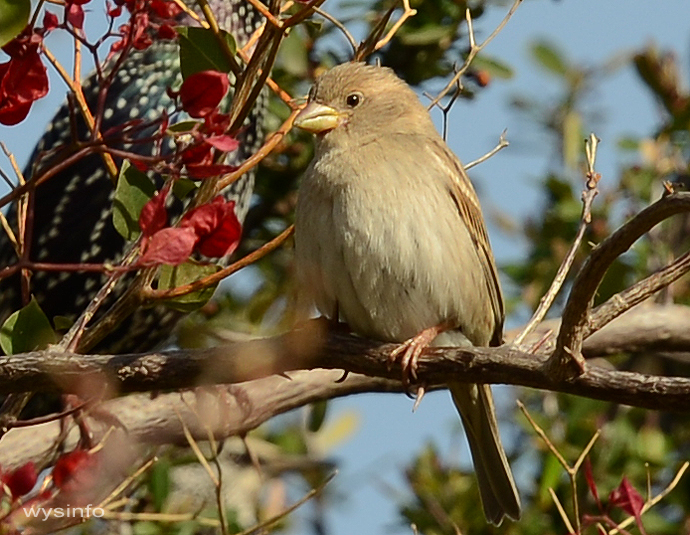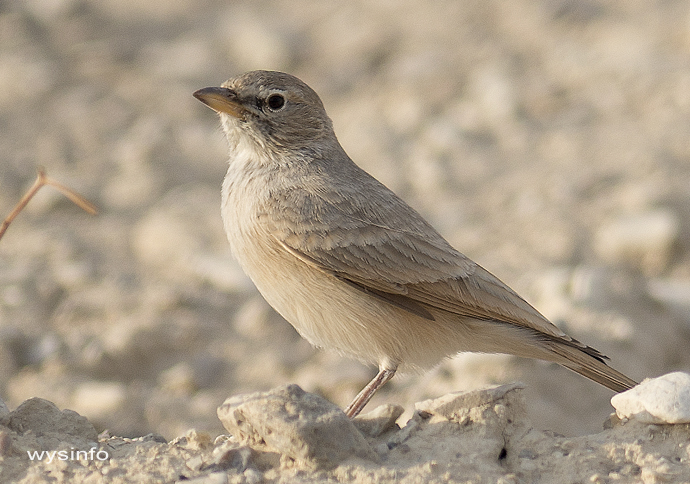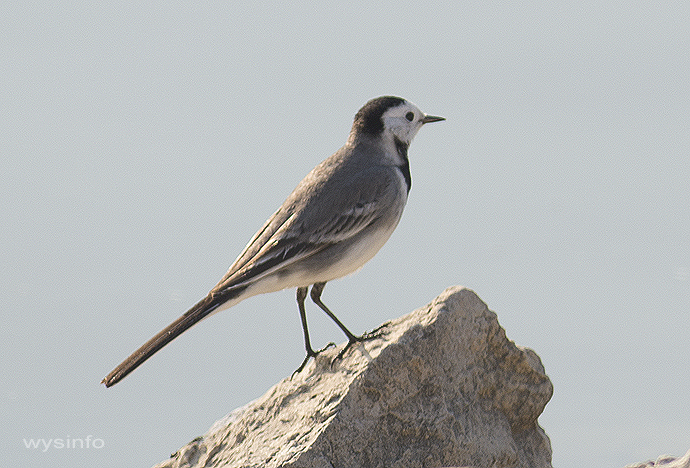Page Content
- What are Passerines?
- Classifying Passerines
- Origin of Passerines
- How do Passerines Adapt to a New Habitat?
- Bills
- Nesting
- Anting
- Pictures of Various Passerines
What are Passerines?
Answer: Passerines, also referred to as perching birds, are small to medium sized birds that make up more than half of approximately 11,200 bird species known to us today.
Species such as sparrows, shrikes, starlings, warblers, finches, black birds and crows all fall into the category of passerines, which are members of the order Passeriformes.
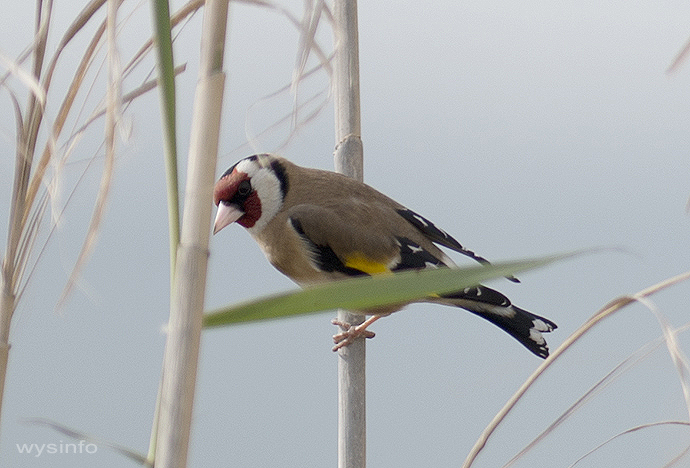
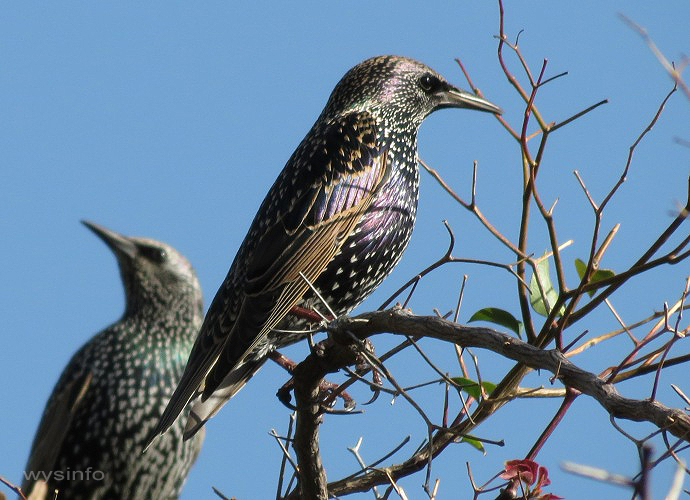
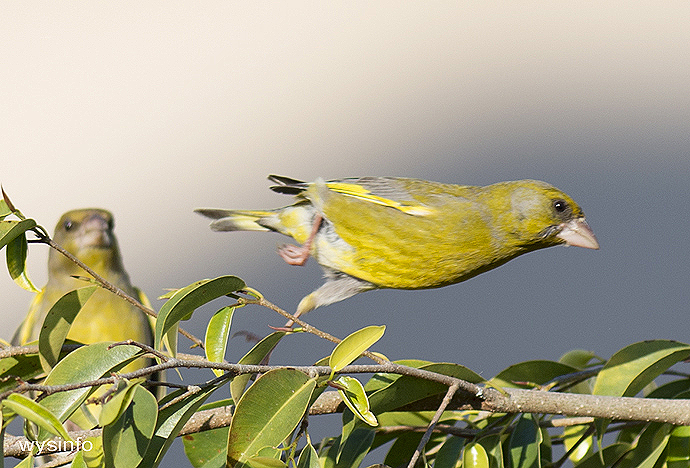
The legs of the passerine birds and the structure of their toes are tailor-made for perching.
All four toes join the foot on the same surface level, three toes directed forward and one backward.
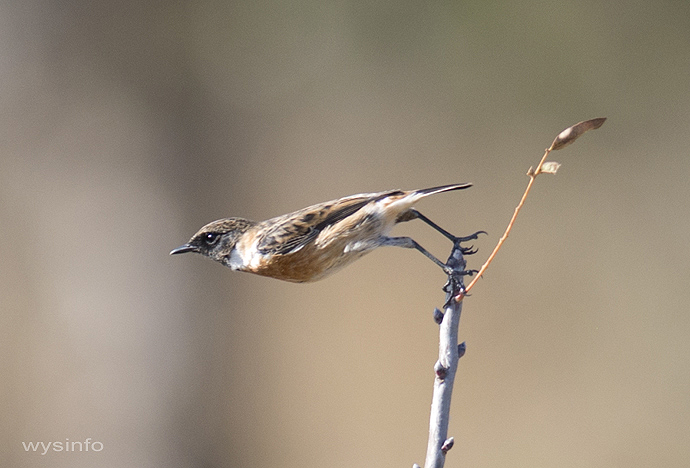
A tendon in the rear of the leg is automatically pulled and tightened when the leg bends. This causes the foot to curl and become stiff when the bird lands on a branch. As a result, passerines can even sleep while perching, without falling off.
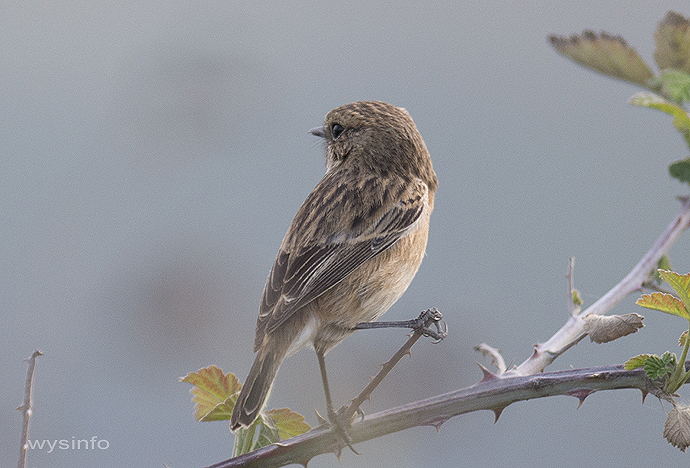
Classifying Passerines
Scientific classification in biology is used to categorize organisms into groups and eventually into species.
Below is a rough hierarchy of the common biological classifications:
Life > Domain > Kingdom > Phylum > Class > Order > Family > Genus > Species
Often the task of classifying birds leaves ornithologists at odds. Due to the vast variety of species, experts do not always agree about relationships and links between different birds. However, evidence from the study of modern bird anatomy and from fossils, as well as DNA and molecular examinations, helps to reduce the gaps in knowledge that have caused the disagreements.
The order Passeriformes is the largest of the twenty-seven orders of birds on earth, spanning very diverse groups. It is currently divided into 3 sub-orders; the Oscines, the Sub-Oscines and the Acanthisitta, which is a much smaller suborder that is believed to be unique to New Zealand.
The two main sub-orders, Oscines and Sub-Oscines, differ in the anatomic structure of their vocal mechanisms. The Oscines (passerines) are divided into about 70 families and these are considered to be ‘songbirds’. While the sound of some birds in other groups is fairly pleasing, it is the songs of the Oscines that reach a level of complexity which we recognize as truly musical.
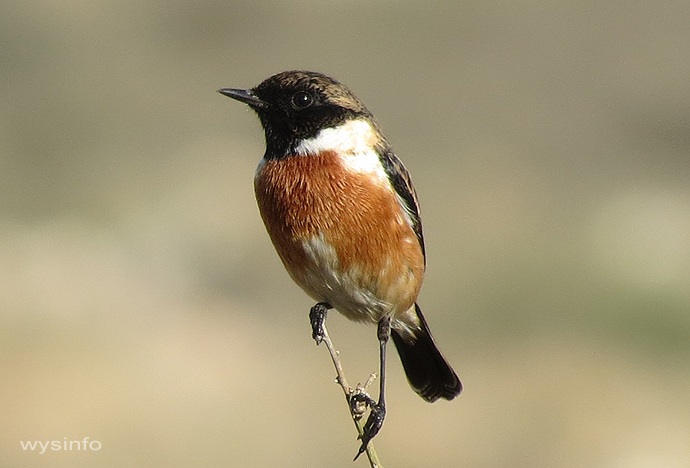
Origin of Passerines
Extensive research has been conducted throughout the years in order to identify the origin of passerines. Although lacking clear and conclusive evidence, scientists tend to believe that the passerine origin and evolution started in the prehistoric super continent of Gondawana some 70 million years ago. Gondawana was later split into the current continents: Africa, Australia, South America and Antarctica. The passerines adapted themselves to the different geological and climatic changes in the new born continents, apart from Antarctica.
Molecular, paleontological and phylogenetic results give some weight to the approach that only later, Passeriformes as well as some other orders spread from their original habitat in the south to the northern hemisphere.
How Do Passerines Adapt to a New Habitat?
Passerines, having spread to all continents excluding Antarctica, have adapted themselves to a variety of food sources. Some of them prefer to feed on insects, while others prefer fruit, seeds, worms, leaves, leaf litter, fish, nectar, and more. This does not mean that birds which prefer seeds would not eat insects. They eat whatever is available and suits them at a specific instance.
Their organs have developed and adjusted to accommodate each species feeding habits and this is reflected mainly in the feet and bills.
Even though all passerines can perch, some of them do not normally practice it. The lark for example is more terrestrial and developed feet that are more fitted for walking and running. Its toes are often longer and also its claws are straighter than those of the other species that are perching, thus allowing it to keep balance when running.
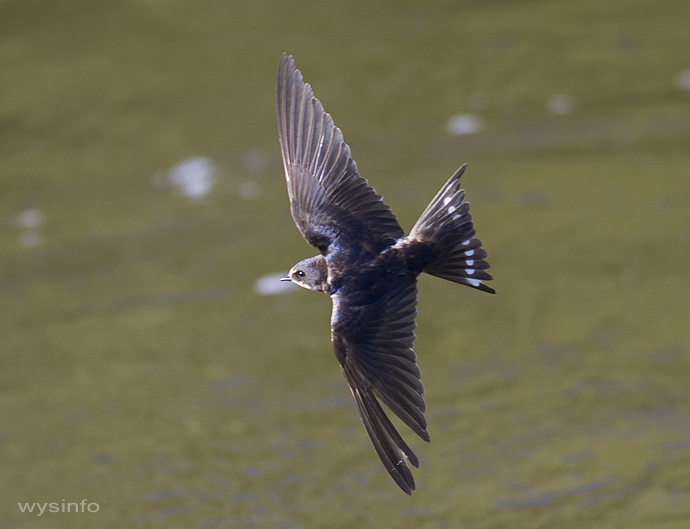
The swallows, on the other hand, which spend their life mostly in the air feeding on insects on the fly, have small and week feet.
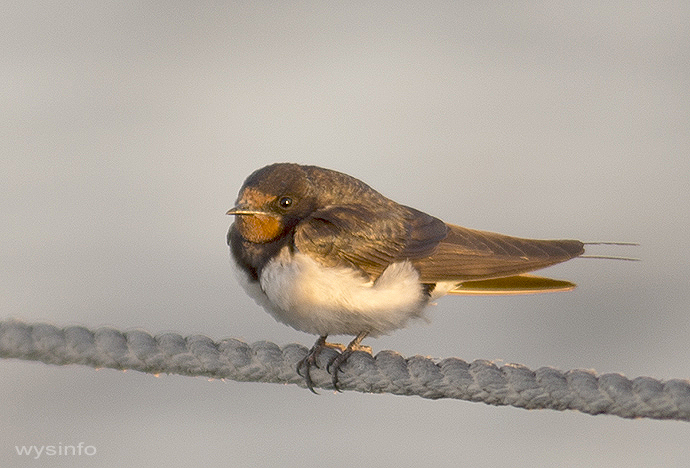
Bills
Passerines’ bills can roughly be classified, based on their shape and main functionality and feeding habits, into 8 groups:
- Insectivorous – spanning from relatively straight pointed bills, such as those of blackchats or wood warblers, to a short gently distinct hooked bills.
- Omnivorous – relatively straight strongly built bills, such as those of crows and jays.
- Toothed – strongly hooked at the tip with a notch on either sides of the cutting edge of the bill allowing the bird to tare up relatively soft prey. For example, this is a typical bill of shrikes.
- Tearing – relatively light bills with a strong hook at the tip, allowing the bird to tear flowers in order to obtain the insects and the nectar within.
- Probing – relatively narrow and slender, slightly curved bills in birds that search flowers for small insects and nectar.
- Frugivorous – uneven but mostly with wide gape allowing the bird to swallow a whole fruit.
- Serrated – conical shape bill with finely serrated edge that is adapted for feeding on leaves, buds and fruit.
- Conical – adapted for seed eaters, ranging from solid thick bills which can crack very hard objects like cherry pits to relatively small and pointed ones such as the siskin’s.
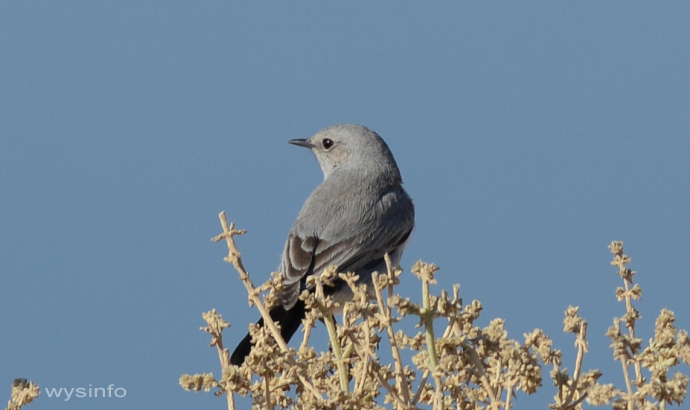
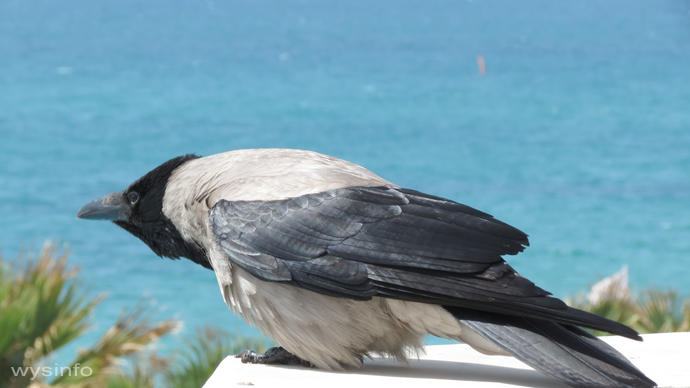
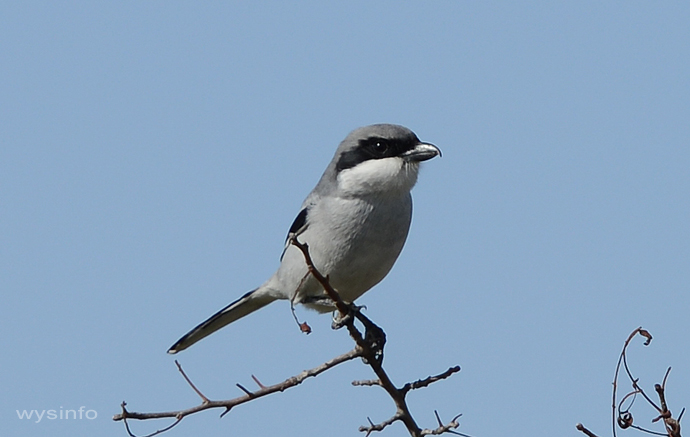
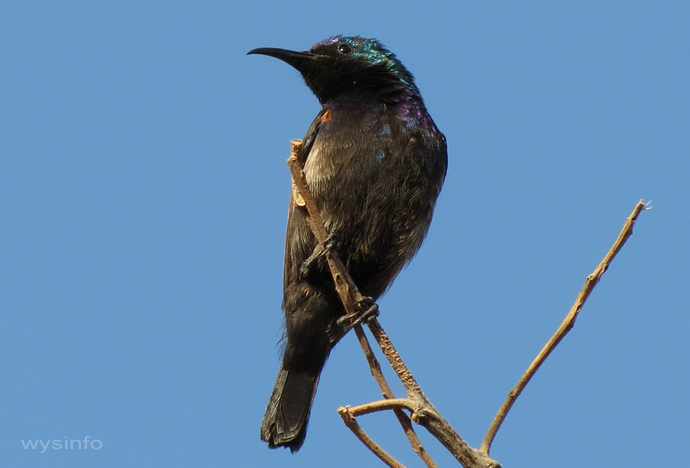
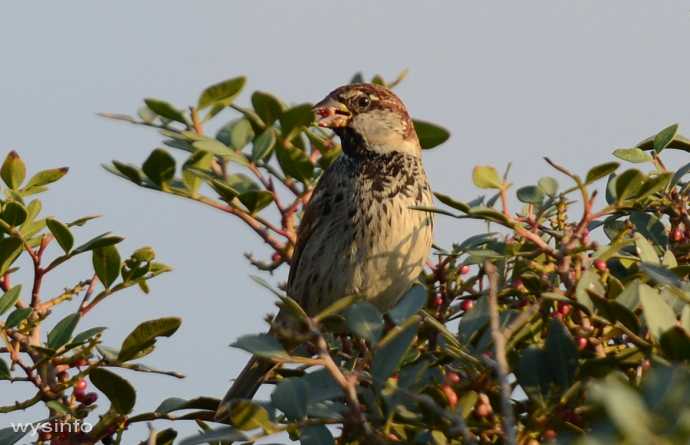
Nesting
Passerines nest in different types of locations. They can nest on the ground, in trees, on ledges, roofs, shrubs, as well as in other species’ nests and more.
The nests are well built and made from various types of materials: straw, sticks, mud, leaves, cotton, feathers, strings, and other similar materials. The nests are usually half a ball shape with an opening at the top. In some cases it can be a ball shape nest with a side entry. Some species, mainly of the Icteridae family, build soft hanging nests that can be 60cm long.
Passerines are mostly solitary nesters. An interesting phenomenon is that in some cases, like with the cowbird species, passerine females lay their eggs in the nests of other species.
(Also, during our research for this docuweb we encountered sparrows that conveniently confiscated the nest that the migratory swallows created the year before during their mating season.)
The swallows build their nest from mud. As you can see in the video above, the mud is reinforced by straw to keep the structure intact.
The size of the passerines’ nests does not always correspond to the size of the bird that built it, or to the number of eggs that are laid. Passerines lay clutches of 1 to 14 eggs, depending on the species, and the female in most cases incubates them during the 11 to 21 days of incubation until they hatch. The young are born blind and helpless. Some species hatch with lightly covered down feathers while some others are hatched naked. The new born passerines stay with their parents usually between 10 to 40 days, depending on the species. Males mostly share the feeding and responsibility for training the youngsters in their first stages in the world. After a few days or weeks, the young bird becomes fully independent.
Anting
Anting is a special behavior of passerine birds where they pick insects or a certain type of ants and rub them against their feathers. It was distinctly observed that the birds avoid ants that sting and select ants that give off or spray formic acids or other protecting fluids. Although not scientifically supported, it is suggested that this activity helps to reduce parasites like mites or is effective in controlling fungi or bacteria.
Pictures of Various Passerines
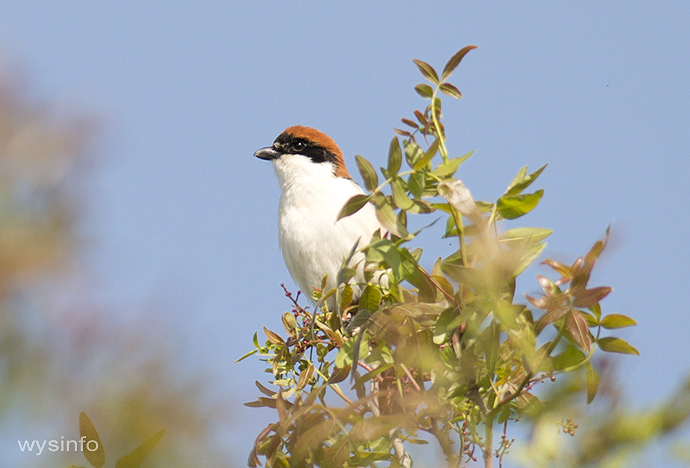
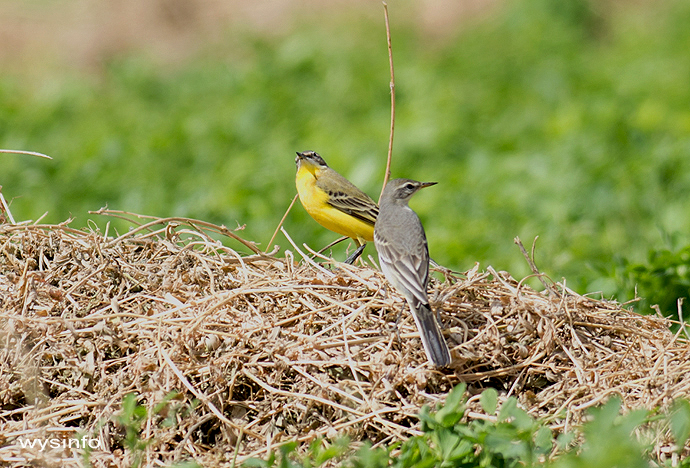
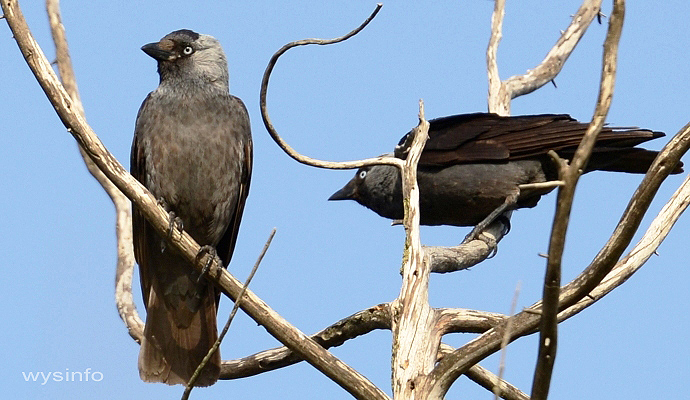
Jackdaw, a passerine of the crow family – with distinct light grey irises and black feathers
